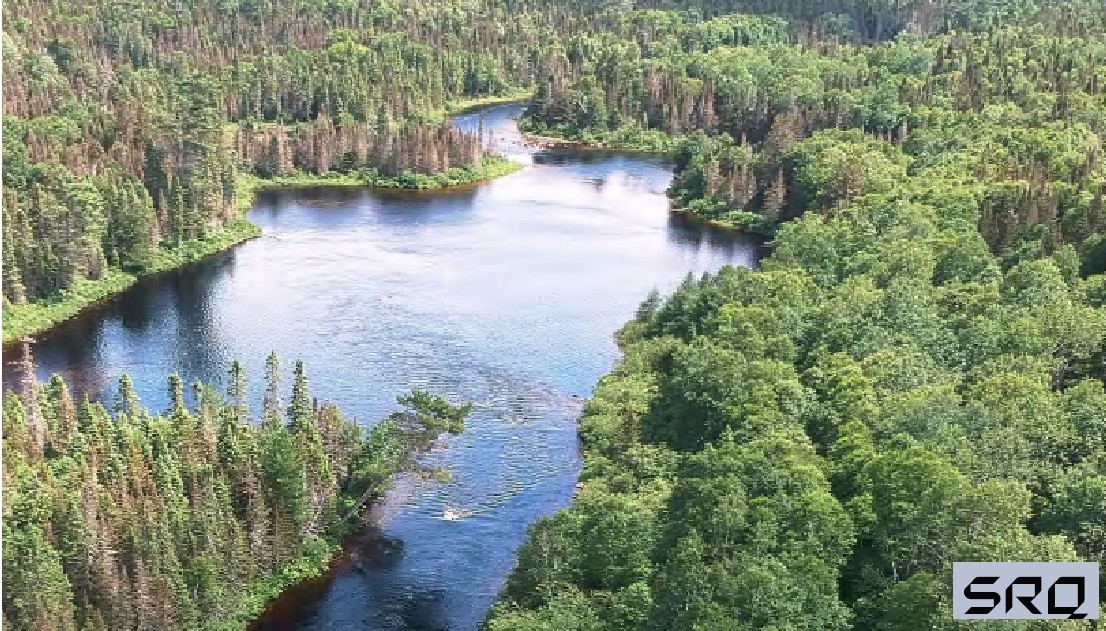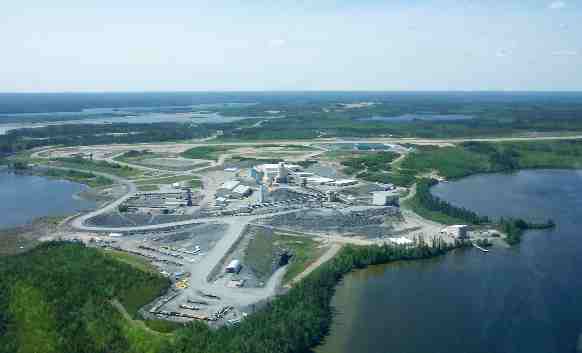Pits Before People? It’s Your Call
When you fly across Canada or even the United States for that matter, most of the land you see below is by and large wasteland.
Not “waste” land as of the Louisiana swamp variety, but almost endless kilometers of uninhabited land that has been largely ignored and yes, wasted as in not being used for all it’s worth.
In fact, the more I travel around the world, it’s easy to conclude that most of the planet is still in a virgin state and regardless of what some watchdog groups have to say, Mother Earth is still pretty much intact and safe from destruction.
Sure there are blemishes caused by productivity and no one is going to argue that mining has caused its fair share of those scratches and deeper scars, but when you look at where most mines are located and what damage they have actually done to the overall condition of the planet, it’s miniscule by comparison to the size of the planet itself.
Anyway, what I’m saying is that mining consumes such a small portion of the earth that when it does move into remote and sometimes uninviting locations, it often turns many of those same spots into better places.
Regardless of what some headlines have said recently about certain mining operators being bad neighbours, the vast majority of them are welcomed because of the wealth and opportunity they bring to the communities.
Just look at Labrador City for example. Before Iron Ore Canada set up camp on the iron ore deposits of the Labrador trough in the early 1960s, there was nothing there but a massive ore body covered with moss and moose poop.
Now “Lab City,” as it is affectionately known, is home to almost 7500 people, about 1900 of which are employed directly by Iron Ore Canada. What’s even more interesting is that some of those workers are the same pioneers who came from all over the world to build the town, and IOC for that matter, back in the 60s and are just now approaching retirement with second and even third generations continuing to stay on to support the mine and the town.
That says a lot about the kind of sustain-ability mining companies can offer their communities and regardless of what allegations are being thrown at some owners, the vast majority of miners are stalwart corporate citizens who literally pour millions of dollars worth of money back into their neighbourhoods every year.
Until recently, Corporate Social Responsibility was to me just a topic that our foreign correspondent talked about every month, but after being invited to sit in on a Foreign Affairs Committee meeting in Ottawa that dealt with some heated CSR issues, I’ve become even more convinced of just how important it is for mining companies to get along with their neighbours.
Here in Canada we hear and read about property disputes all the time.
Like all stories, however, there are two sides but if what I witnessed in Ottawa in a live, satellite feed from South America is true, then I’m sorry to say that the country’s mining image is being tarnished by a few of its representatives.
In fact, if what some countries are saying about a few Canadian mining companies is factual, which I tend to believe that some of it is, then the industry is on the verge of some really troubled times, if it’s not already.
Mining, like foresty, is an easy target for those opposed to anything that involves taking away from and possibly harming the earth and if what I’ve already mentioned involving the behaviour of a handful of Canadian miners working abroad is true, then its reputation has been blemished far worse than any mine will ever do to the earth itself.





Comments